Gosh: Following the footsteps of an outstanding thinker Mkhitar Gosh
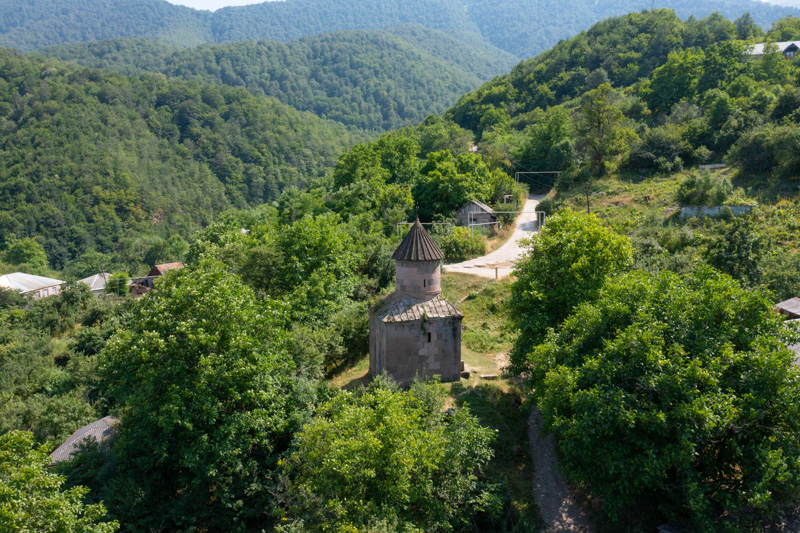
- Population – 1 115
- Distance from Dilijan – 22 km
- Elevation – 1 080 m
- The climate is temperate, mild
- Average temperature:
- in summer +19, +25 C
- in winter -2, -7 C
- in summer +19, +25 C
- Date of foundation: 1840
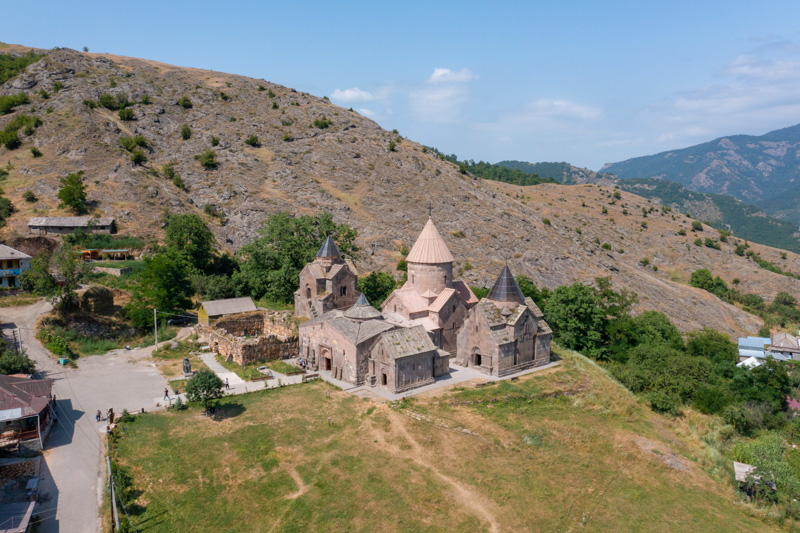
Gosh is an ancient village in the Tavush region, on the left tributary of the Getik River. It is known for one of the main attractions of Armenia its medieval monastery complex Goshavank.
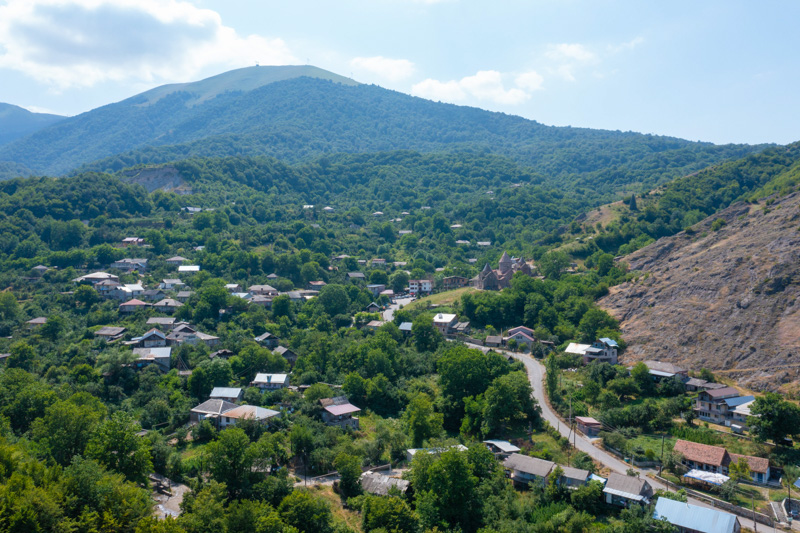
The settlements on the territory of the modern village of Gosh existed long before its foundation, as evidenced by the historical monuments found in this area. Initially, these settlements, like the entire territory along the Aghstev River, were part of the Gugark province of Great Armenia. In the 12th century, the outstanding Armenian thinker Mkhitar Gosh founded Nor Getik (New Getik) monastery on the site of an older Getik temple destroyed by an earthquake. In 1213 after the death of Mkhitar Gosh, the monastery was named Goshavank (translated as “Gosh Monastery”). The medieval monastery complex of Goshavank was not just a spiritual, but also an educational center of medieval Armenia. It was an actual university where philosophy, theology, music, and other sciences were taught. This is one of the main and famous historical, cultural, architectural, and spiritual attractions not only of the region but also of the country.
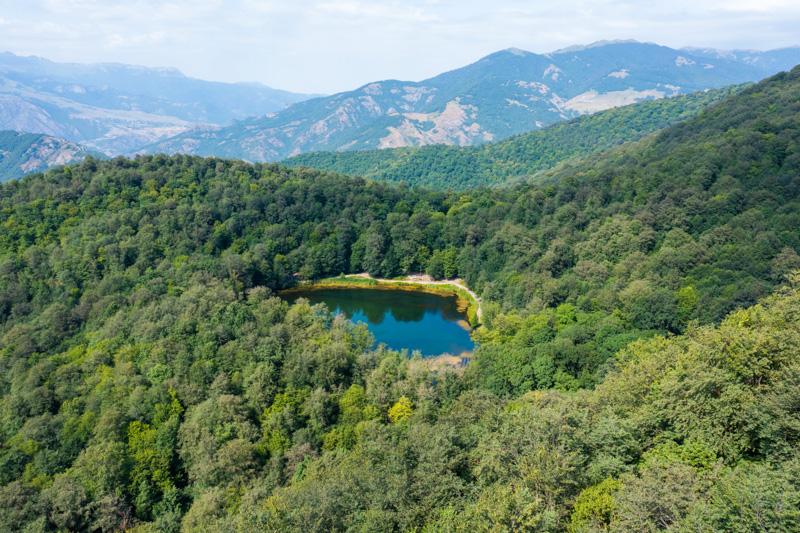
The village of Gosh was founded in 1840-1845 by settlers from the villages of Barekamavan and Koti. During this period the village of Gosh, as well as the territory of modern Dilijan, were part of the Kazakh district of the Elisabethpol Governorate of the Russian Empire. The “Geographical and Statistical Dictionary of the Russian Empire” published in 1865, mentions that there were 18 homesteads in the village with 113 people living there.
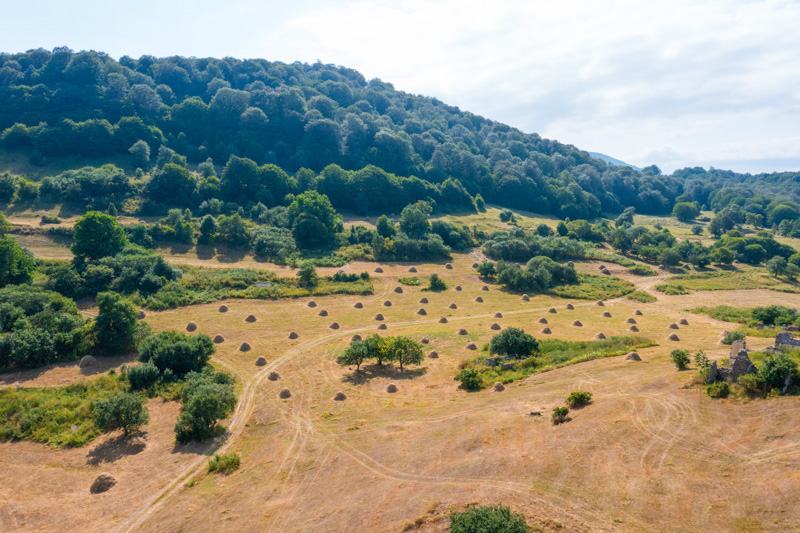
At present, the population of the village of Gosh is about 1000 people.
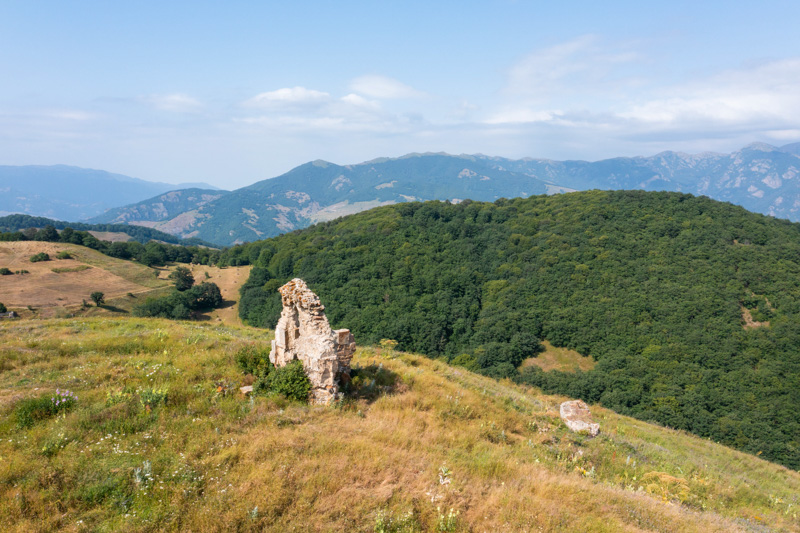
The main branches of agriculture and employment:
- animal breeding,
- vegeculture,
- tobacco growing,
- services sector, tourism.
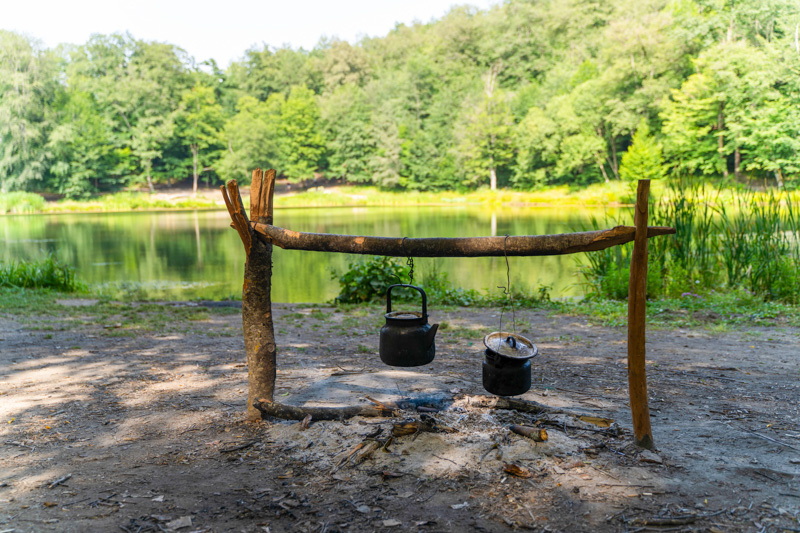
On the territory of the Goshavank complex, khachkars of the 13th century have been preserved. They are distinguished by fine skillful carvings, which is why they are called “embroidered khachkars”.
The tomb of Mkhitar Gosh is also located here. In 2013 his statue was erected on that site. In the northern part of the village, 150 meters from Goshavank, there is a cemetery dating back to the 10-13th centuries.
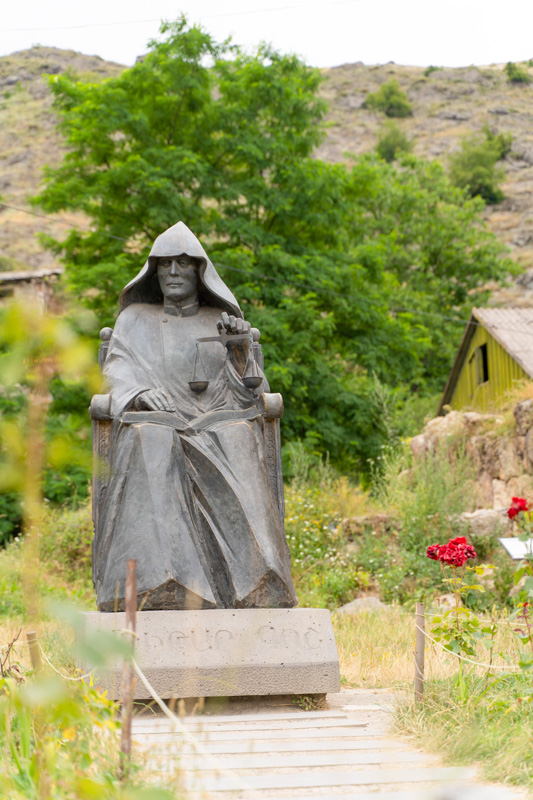
Apart from Goshavank and other monuments of the High Middle Ages, the village is famous for its temperate climate and mountainous landscape. A picturesque lake Gosh is located 2 km southeast of the monastery complex. The route from Goshavank to the lake is perfect for hikers.
What's nearby:
- monastery complex Goshavank,
- Statue of Mkhitar Gosh
- tomb of Mkhitar Gosh
- medieval khachkars
- chapel “Khachi tap”
- lake Gosh
Any other questions?
Our specialists will contact you as soon as possible




